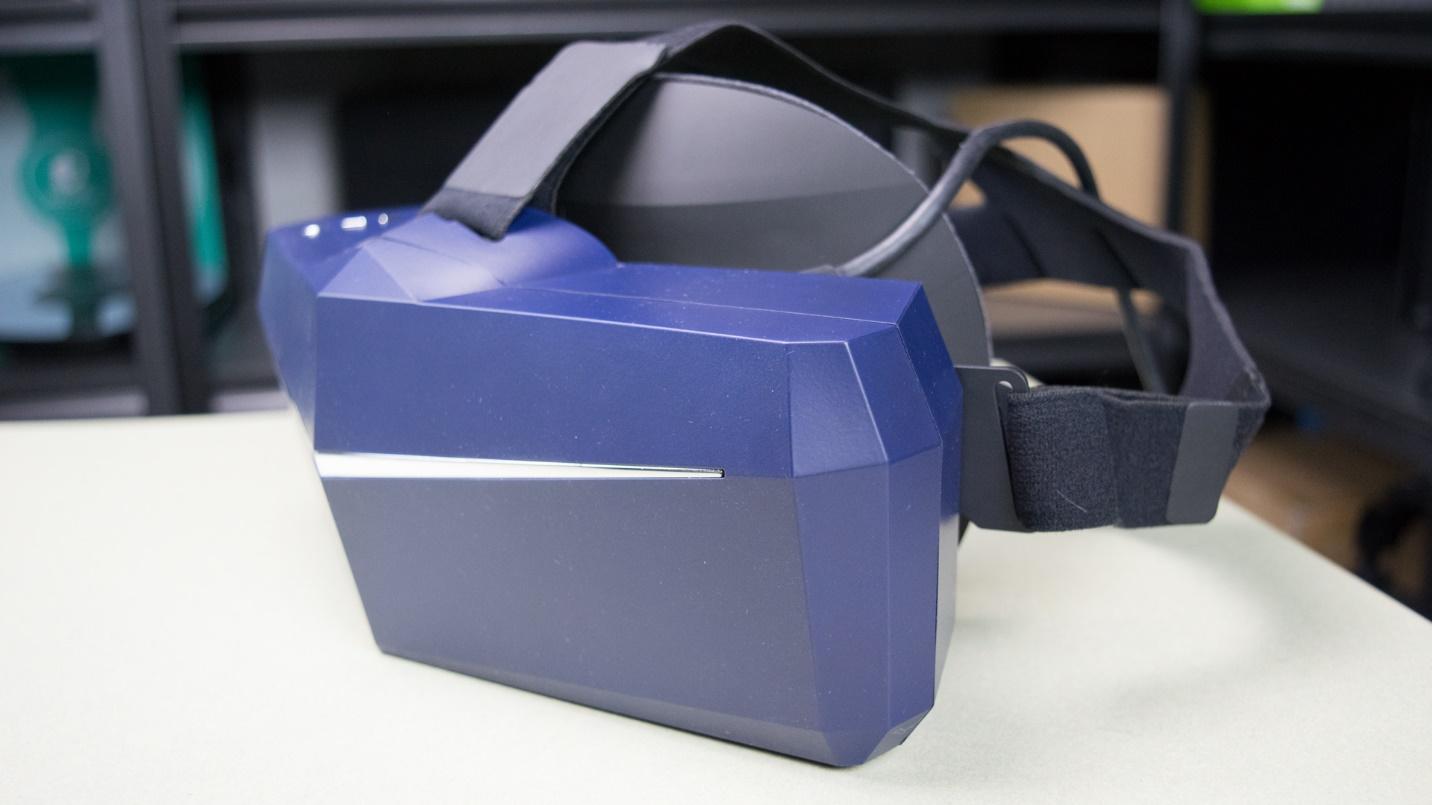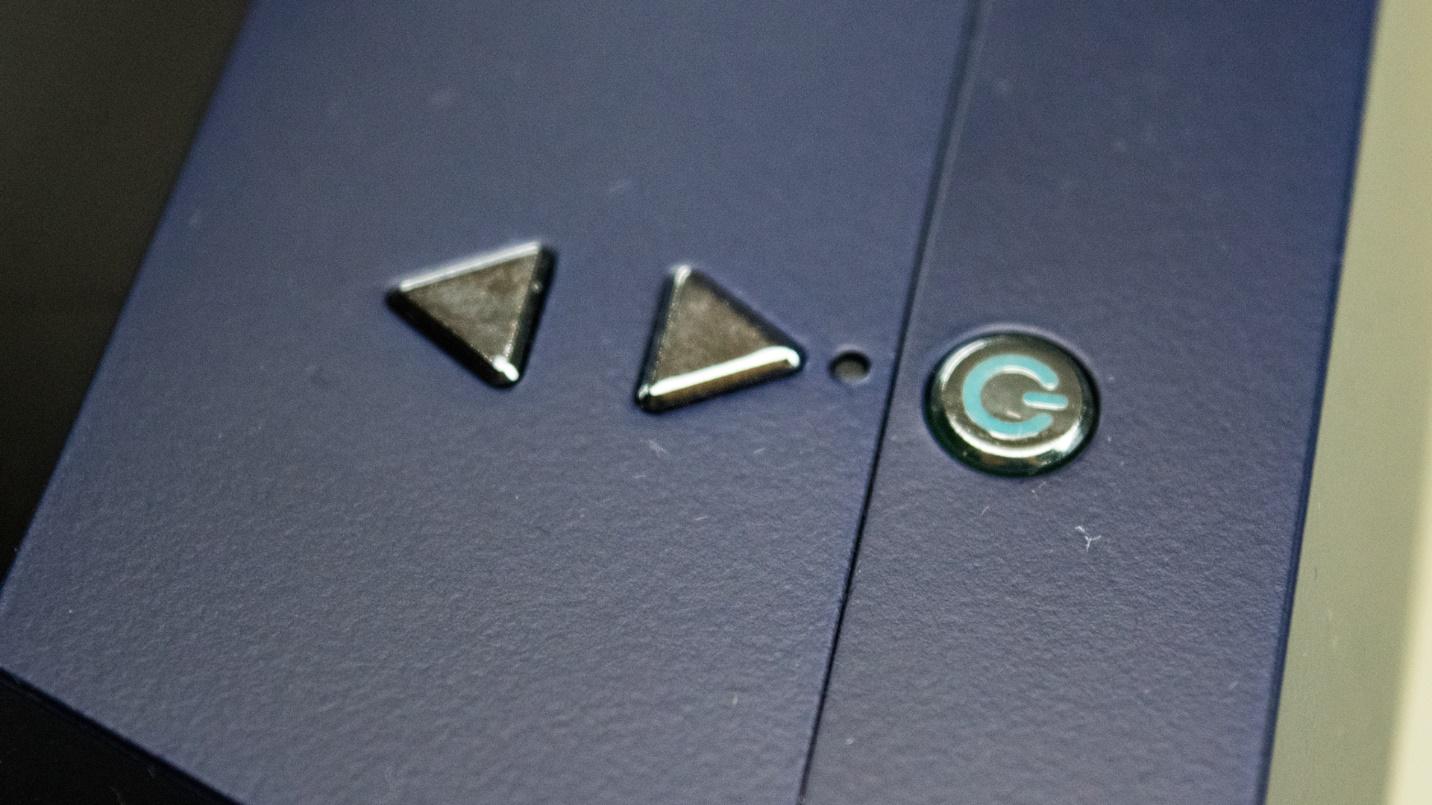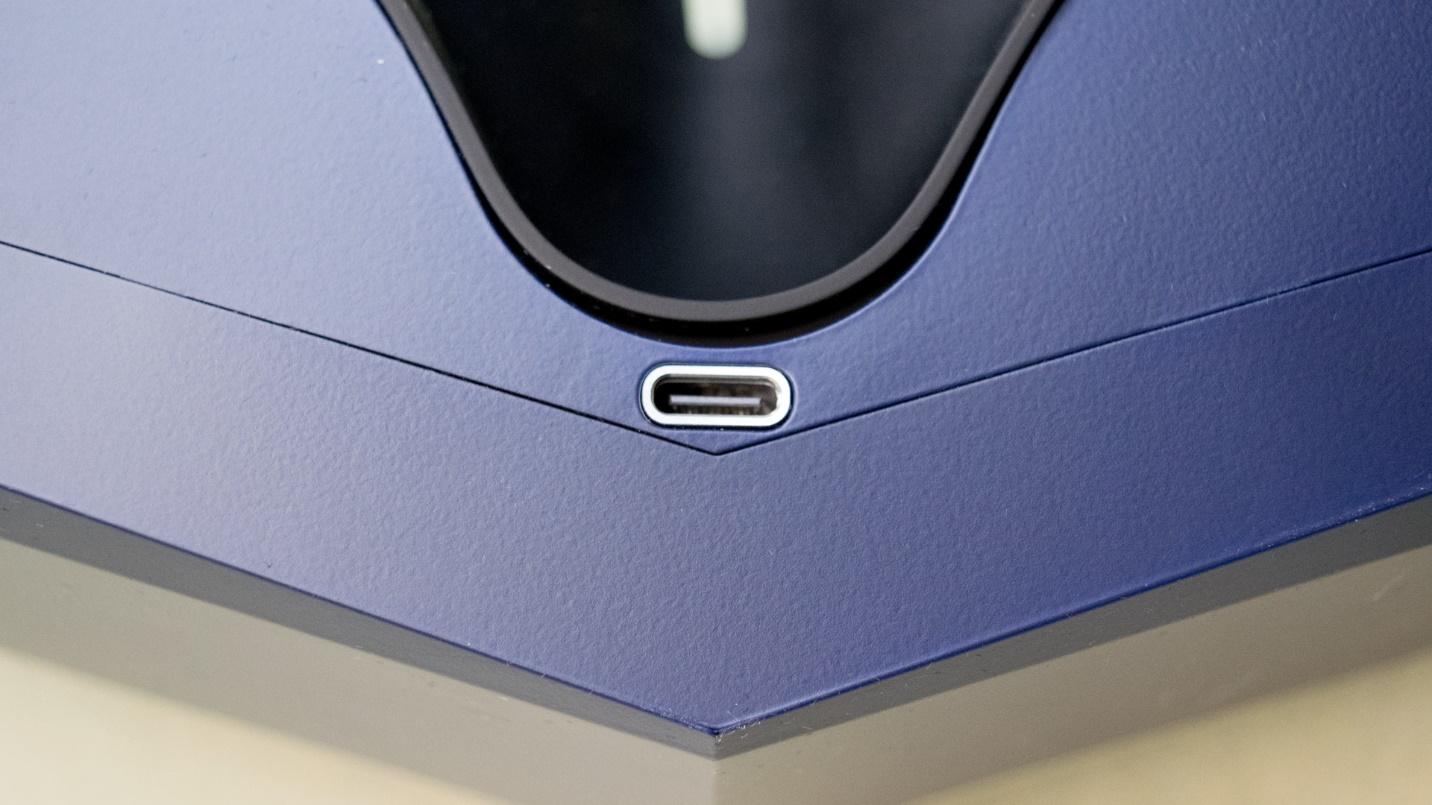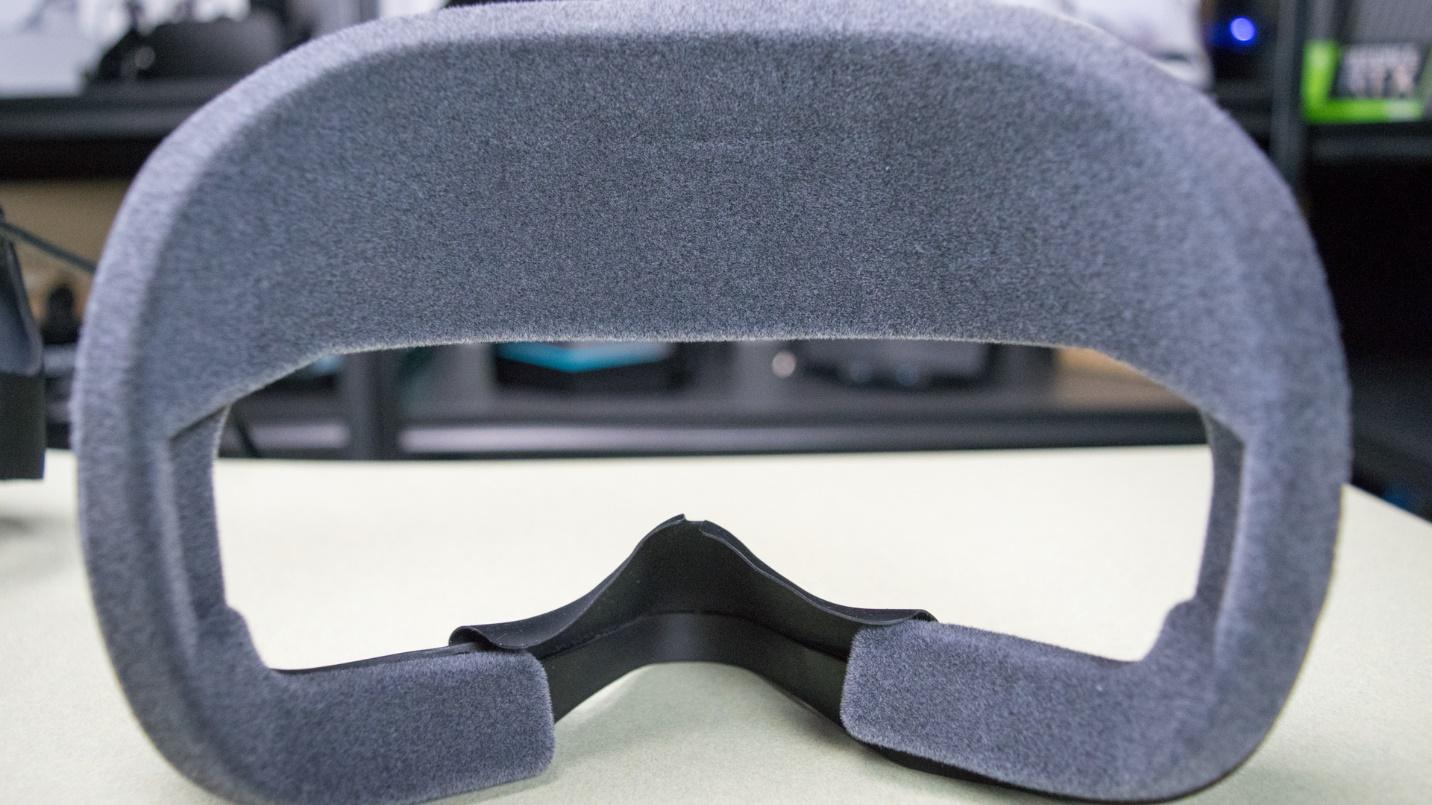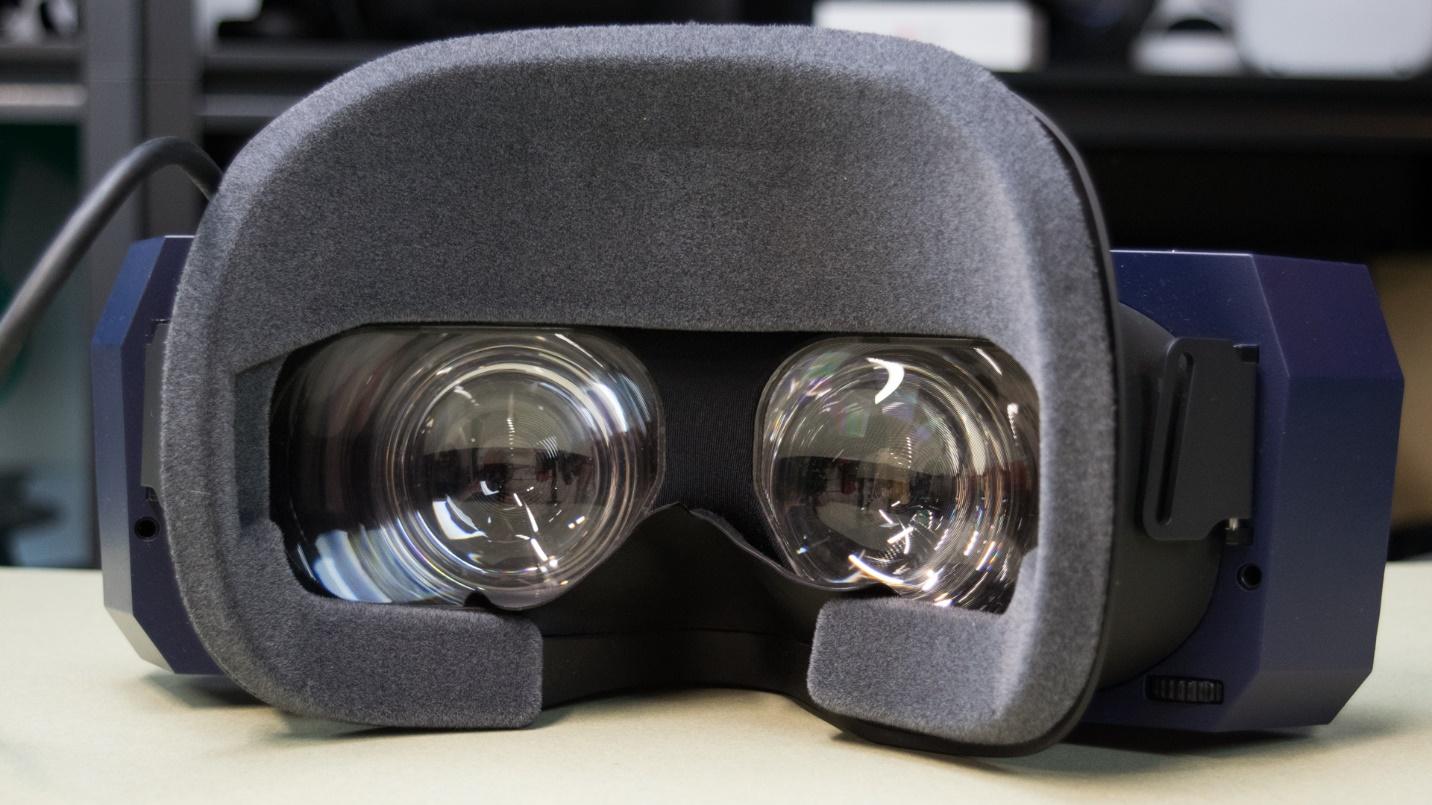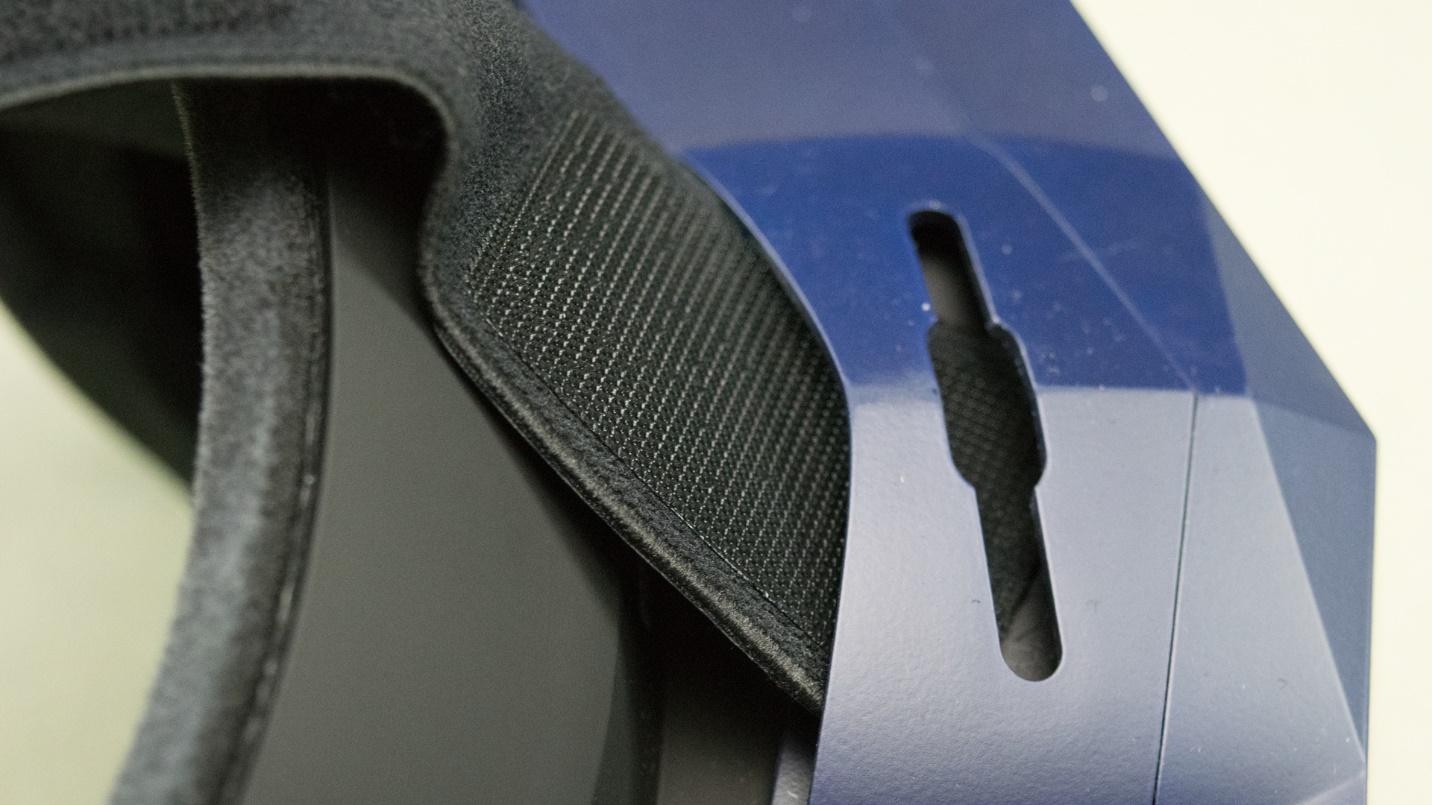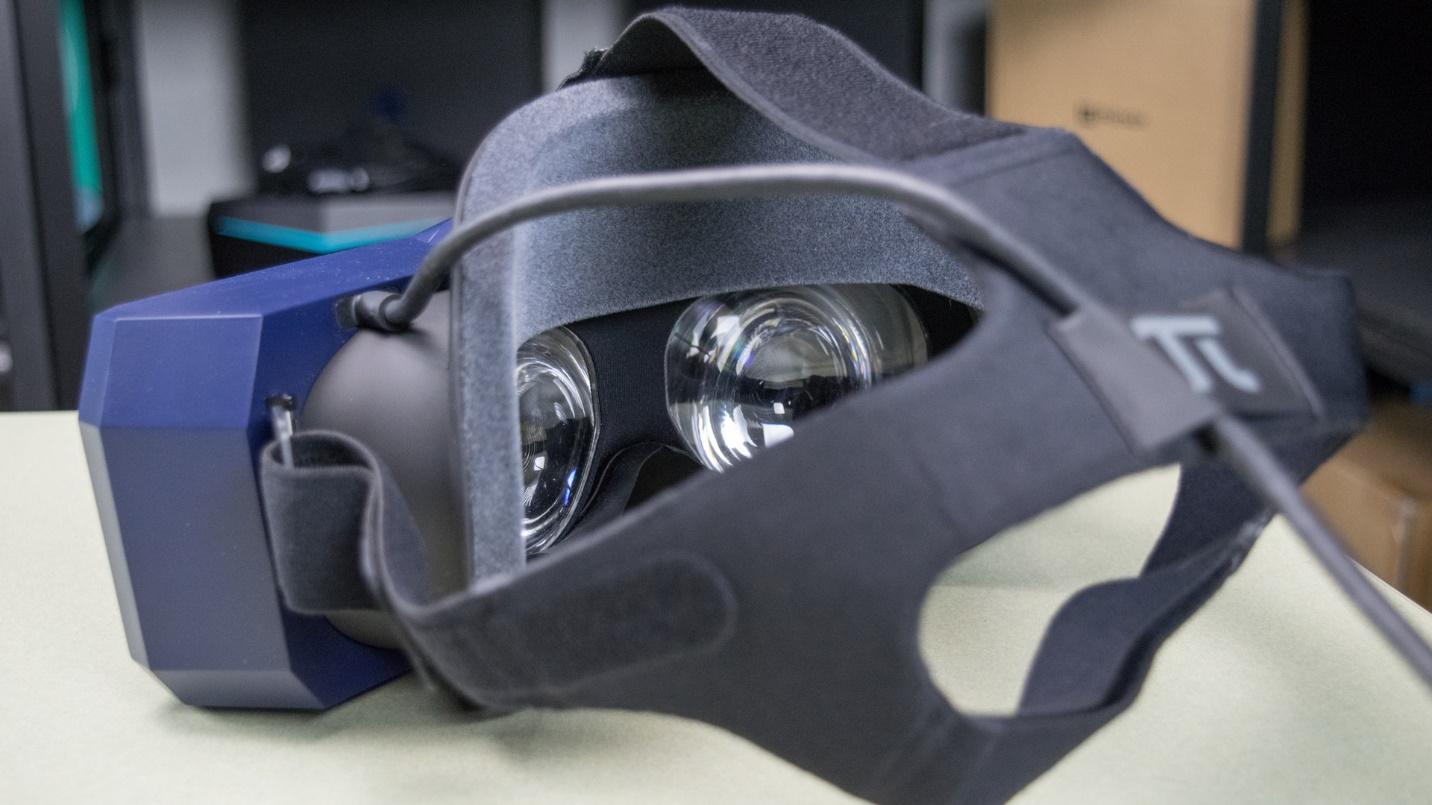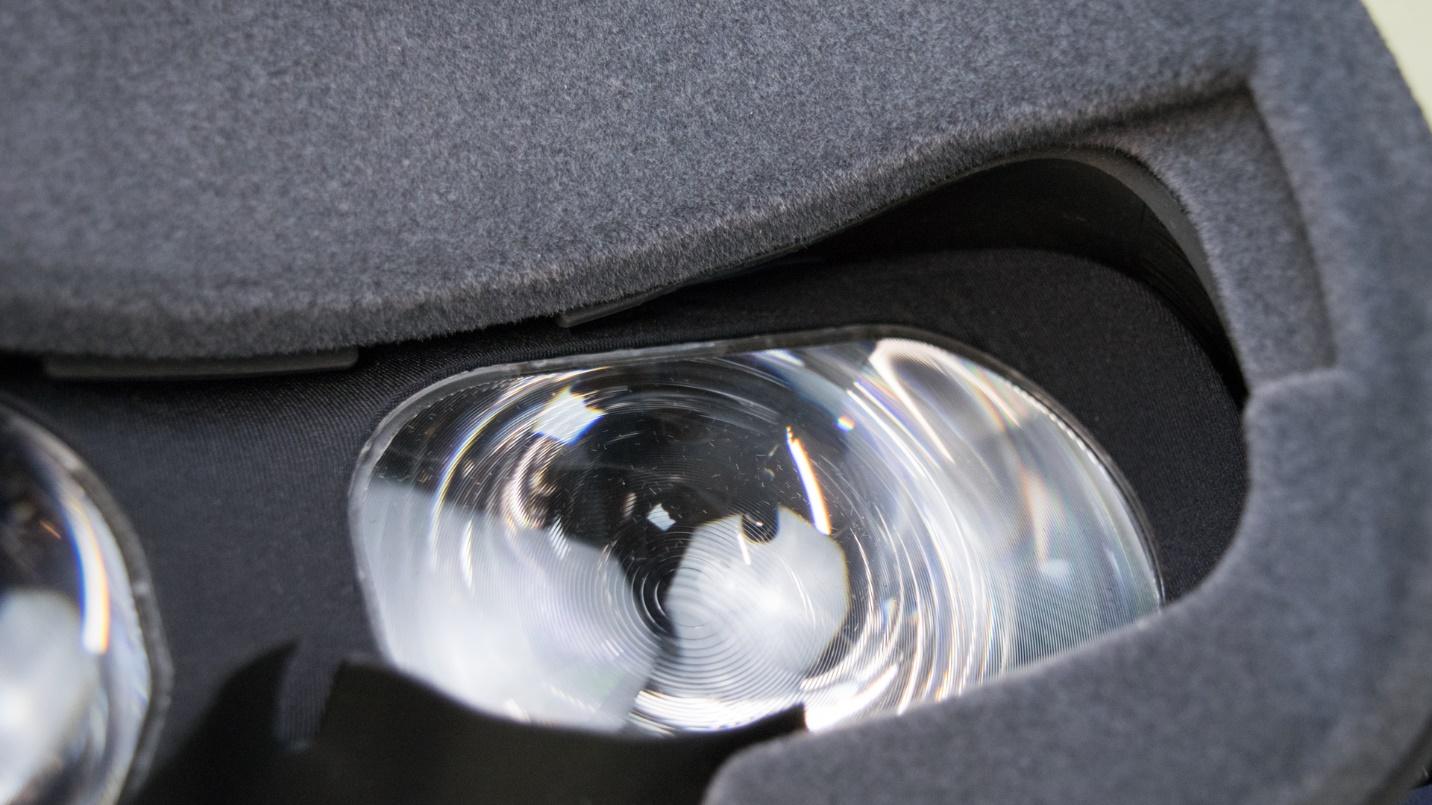Tom's Hardware Verdict
Light, reasonably comfortable and sporting a wide FOV, the Pimax Vision 8K Plus is a good enthusiast headset but not for the average consumer.
Pros
- +
Best-in-class field of view
- +
Massive sweet spot
- +
Lightweight
- +
Improved generational build quality
Cons
- -
Requires lots of tinkering
- -
Too many settings for most people
- -
Clunky calibration software
- -
Expensive
- -
First review unit had issues
Why you can trust Tom's Hardware
In September 2017, Pimax launched a Kickstarter campaign to help fund the development of an ultrawide, ultra high resolution VR headset called the Pimax 8K. It ended up offering a 200-degree field of view (FOV) and dual 4K resolution displays for better image clarity and less screen door effect. At the time, these specifications were unheard of and scarcely believable. But it’s 2020 now, and while ultrawide headsets are hardly commonplace, dual 4K resolution is not as shocking a metric.
That's the market in which the Pimax Vision 8K Plus ($899 MSRP) is competing for the title of Best VR Headset. Ultimately, the headset can provide a premium experience, but you’ll need some VR experience of your own in order to manage the amount of calibration needed to get the HMD running at max potential.
Pimax Vision 8K Plus Specs
| Panel | Dual 4K LCD RGB pixel Matrix panels |
| Per-eye Resolution | 3840 x 2160 |
| Lens | 2x Fresne |
| Refresh Rate | 72 Hz, 90 Hz or 110 Hz beta |
| MTP latency | 15ms (typical) |
| Max FOV | Diagonal: 200 degrees |
| Row 6 - Cell 0 | Horizontal: 170 degrees |
| Row 7 - Cell 0 | Vertical: 115 degrees |
| IPD | Adjustable 2.17-2.98 inches (55-75mm) |
| Optional Modules | Eye tracking, hand tracking |
| Tracking support | 6-DoF SteamVR Lighthouse 1.0& 2.0, built-in 3-DoF tracking |
A Little Bit of History
Let’s go back to 2017, when Pimax promised its 8K resolution head-mounted display (HMD). Despite the wild claims and the fact that GPUs of the time were not powerful enough to drive such a headset, the campaign drew in more than $3 million from trusting fans. That's more than Oculus collected for its Kickstarter campaign in 2013. The early-bird deliveries were supposed to ship within a few months of the campaign, but that didn't happen. Pimax endured several setbacks throughout headset development that caused significant release delays.
The company eventually released the headsets it promised and then iterated and created the Vision 8K Plus successor on our test bench.
Meet the Pimax Vision 8K Plus
As with all modern Pimax HMDs, the Vision 8K Plus is ultrawide with an extensive FOV. The headset’s two 4K displays face outward, giving you more peripheral vision than the average VR headset. Pimax advertises a 200-degree diagonal FOV, which puts it near the top of all headsets, including enterprise-class devices. For comparison, the Valve Index’s FOV goes up to 130 degrees.
Our first impressions of the Vision 8K Plus were positive. The new headset features the same sharp-angled shell as the older model. The only difference other than color is that the π logo is no longer embossed on the left-front corner.
Immediately, we noticed a significant improvement in the quality of the HMD’s exterior compared to the original Pimax headsets, the Pimax 8K and Pimax 5K Plus The 5K Plus' fragile shell left a lot to be desired, but the Vision 8K Plus features a soft-touch plastic material that feels much sturdier than the older headset. The old model flexed and creaked when we handled it; this one does not.
Get Tom's Hardware's best news and in-depth reviews, straight to your inbox.
Pimax chose a dark blue dye for the plastic that is almost the same shade as the HTC Vive Pro. We found the color gave the Vive Pro a premium look, and it has a similar effect on the Vision 8K Plus. The faceplate of the first Vision 8K Plus that we received featured a bright green chevron that lights up when the HMD is powered on, providing a bold contrast against the blue shell. The replacement headset includes a chrome finish over the chevron, which still lights up green. The chrome used to be reserved for the Pimax Vision 8K X, but Pimax recently revised the 8K Plus to include these shiny accents.
The power button and volume controls are on the top right corner of the headset. When the headset has power but the display is off, the LED next to the power button is red. When the panels are on, the light shines purple. The buttons are chrome like the chevron.
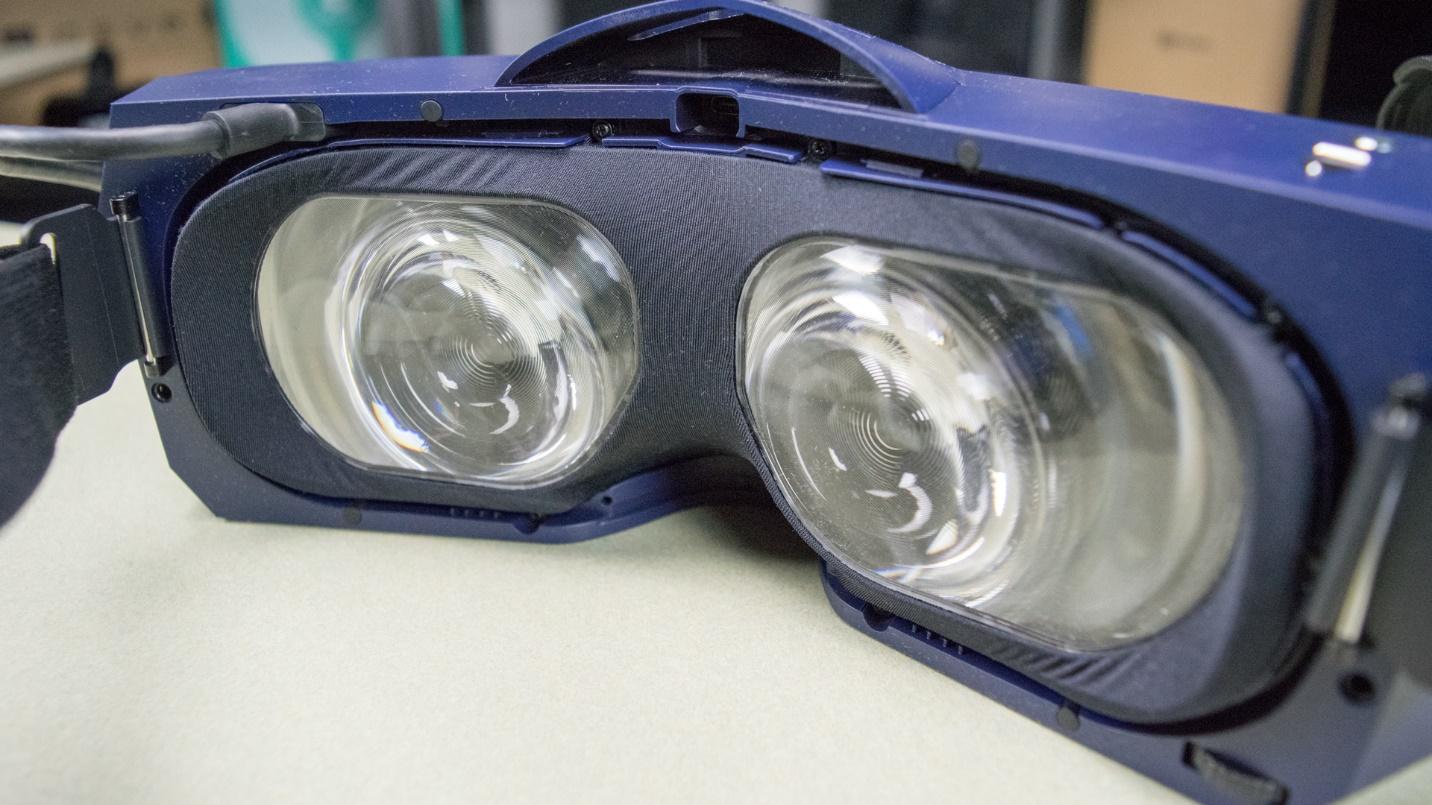
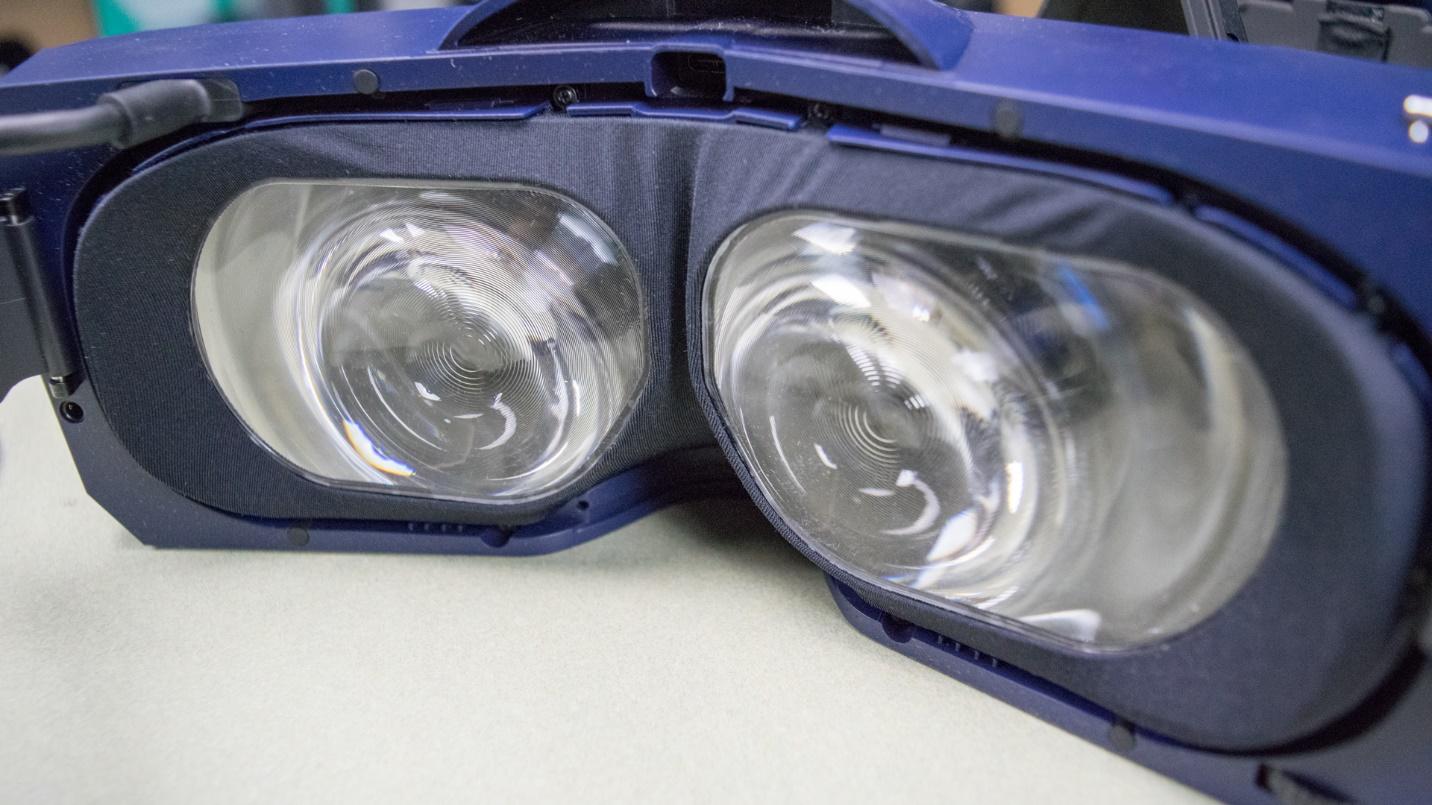
The Vision 8K Plus includes a mechanical IPD (interpupillary distance, the amount of space between the eyes) adjustment, which can set the lenses as close as 60mm apart and as far as 72.5mm. The gigantic lenses have a large sweet spot, so the IPD range should be forgiving for anyone who falls outside the mechanical range.
Bring Your Own Headphones
The Vision 8K Plus headset does not include built-in headphones but does include an embedded microphone to capture your voice. The headset has headphone jacks for connecting a pair of headphones or Pimax's modular audio head strap accessory.
We prefer to use a wireless headset for audio to avoid the hassle of the extra dangling cable, but it’s nice to have options. The headset includes two 3.5mm headphone jacks, but only the left one works for third-party audio devices. The right jack is specifically for Pimax's audio head strap accessory.
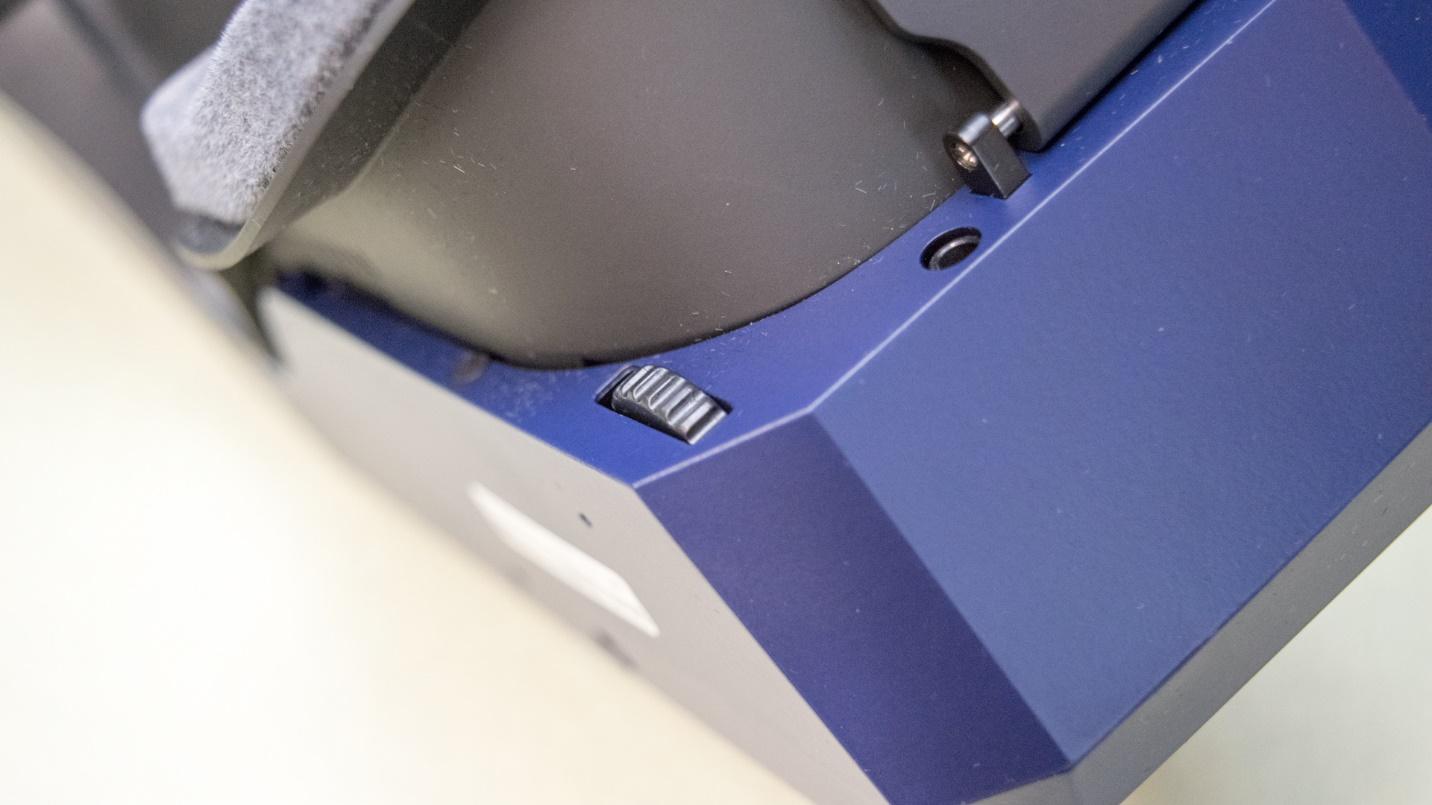
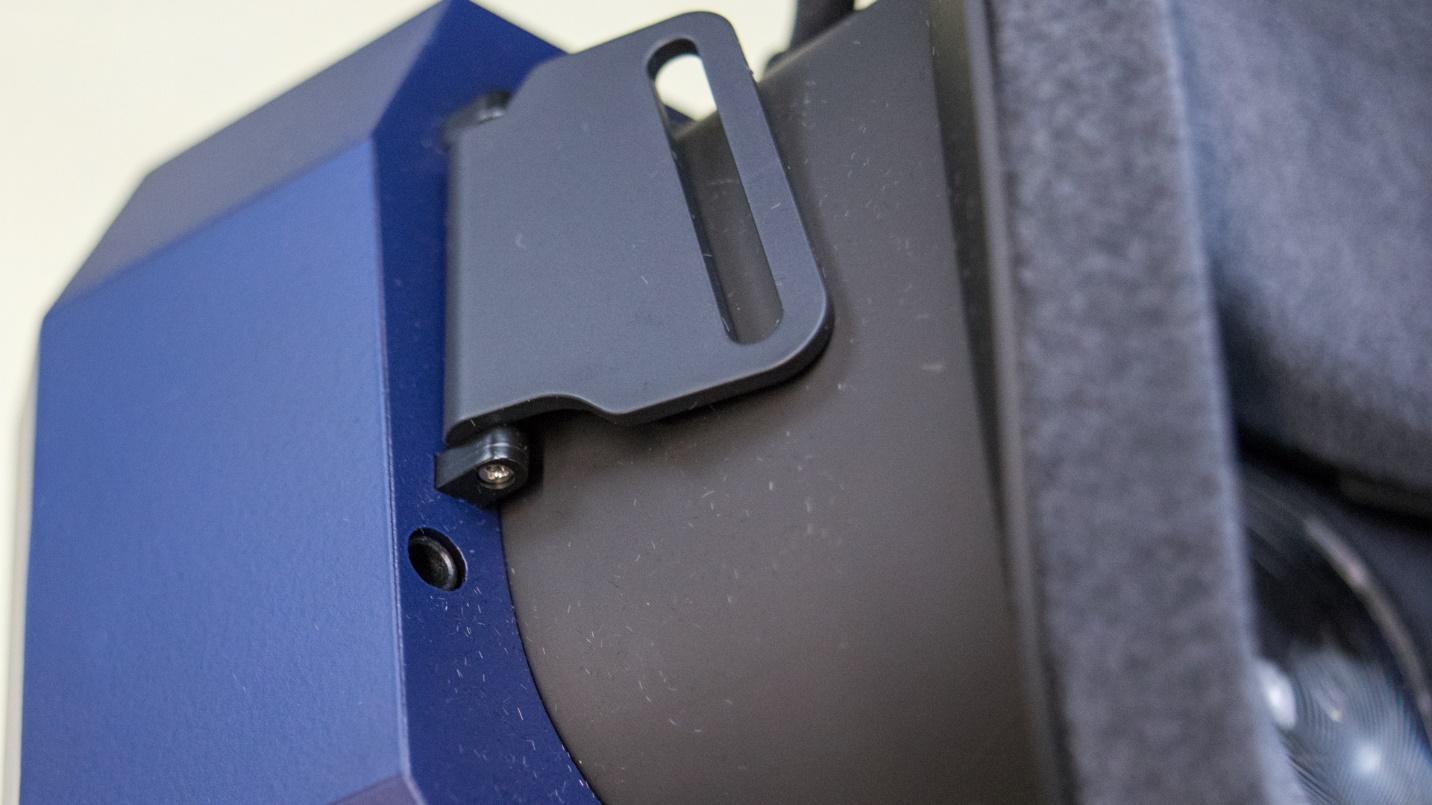
A proprietary 3-in-1 tether cable delivers the signal from your computer to the headset. The cable includes USB 3.0 for data, DisplayPort 1.2 for the video signal and 12v power to run the HMD.
The headset also offers two USB Type-C ports to run accessories. The USB-C port on the bottom is reinforced with a thick metal bezel and has a firm click when plugging in an accessory. That port is meant for the Ultra Leap hand tracking accessory (sold separately). Pimax also partnered with 7invision to develop an eye tracking module that you can order from the Pimax website.
The Vision 8K Plus also includes a second USB-C port on the top of the headset, but, unfortunately, it may not be usable. There appear to be two significant flaws in the design. The port is recessed inside the upper edge of the HMD, and the opening around it is too small for some USB cables.
We found a few wires that would fit into the opening but then noticed another problem: The cables that did fit into the opening stick out too far and get in the way of the comfort kit. Pimax would need to develop a custom cable for any accessories that use this port.

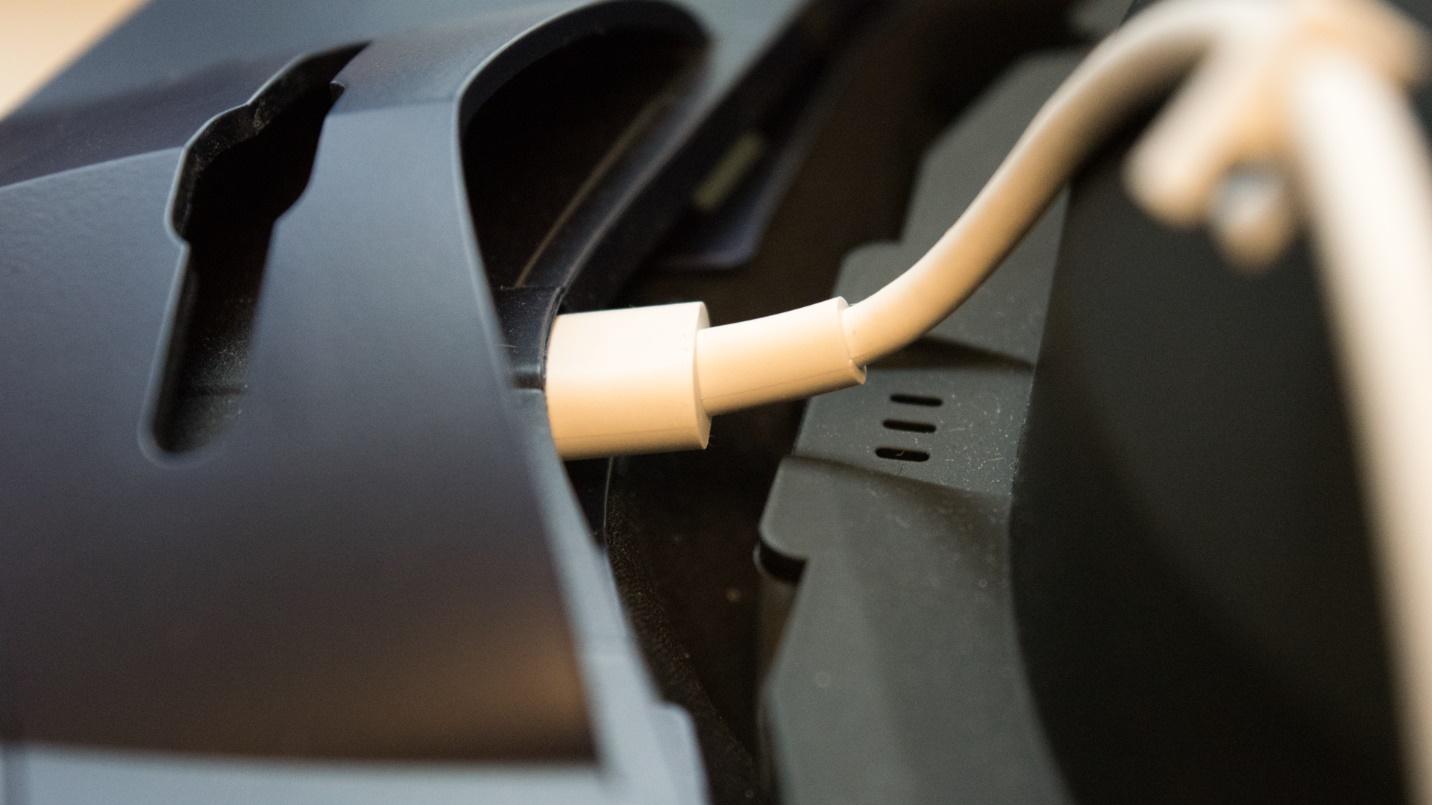
What's a Comfort Kit?
The Pimax Comfort Kit is an upgraded foam facial interface meant to improve the headset's fitment. It’s available as an upgrade for older Pimax HMDs, but it's a standard component on the Vision 8K Plus. If you don't need to use the top USB-C port, the Comfort Kit is a worthy upgrade.
In effect, the Comfort Kit is a broader and taller foam cushion and bracket with a rubber nose guard to reduce light bleed. The cushion seals off light quite well. We only noticed light bleeding in when a bright light source, such as photography lights, was directly behind us. If you really try, you can spot the floor through a tiny sliver.
That's a Big Forehead
The cushion on the Comfort Kit is much more comfortable than the foam on the 5K Plus. It may be the most comfortable headset cushion that we've yet tried. The cushion extends above the edge of the visor, which gives it a much larger, more supportive forehead area that helps balance and distributes the weight better than rivals.
Absorption is the comfort kit's biggest downside. The cushion on the Vision 8K Plus is made of foam material that wicks up moisture like nobody's business. If you play games that make you sweat, the cushion will get ugly fast. It's a shame that Pimax didn't opt for a moisture-resistant material like the PU leather found in VR Cover accessories. Unfortunately, VR Cover does not support Pimax headsets at this time.
At CES 2020, Pimax said it would offer multiple cushion options, including a PU leather and an antimicrobial option. To date, those cushion options have never been offered for sale.
No Mechanical Head Strap
Although the Comfort Kit helps make the Vision 8K Plus fit better than the 5K Plus, the headstrap tips the balance in the wrong direction. Unbelievably, the new strap is in some ways worse than the one that came with our pre-production Pimax 5K Plus M2.
Our review unit of the Vision 8K Plus didn’t come with the optional modular audio head strap. Instead, we found a nylon 3-point harness in the box, which we had to install ourselves. Annoyingly, the head strap installation required the removal of the Comfort Kit, which came preinstalled from the factory. It would’ve been nice to have the strap preinstalled at the factory or the Comfort Kit left uninstalled, so you wouldn't have to tear it off as soon as you receive the headset.
The 5K Plus we reviewed in 2019 had some straps to tie down the tether cable so that it exits the headset at the rear. The Vision 8K Plus doesn’t include any guides to direct the tether cable along the side. We routed the cable through an elastic on the rear of the strap, but that’s not an ideal solution.
It wouldn't be fair to say that the new strap is worse in all ways. Pimax did widen the upper strap to help distribute the device's weight, but it's a very subtle difference. For the price that Pimax asks for this headset, a mechanical strap should be standard equipment.
Image Clarity
At first glance, the quality of the Vision 8K Plus’ displays seemed very impressive. Image clarity appeared to rival the best HMDs that we’ve tested. However, it soon became apparent that this is somewhat of an illusion.
Details, such as our hands, the items we carried, and nearby walls, were clear, and the screen door effect nearly imperceptible, but objects in the distance seemed somewhat hazy. After playing around with the many calibration settings, including render resolution, FOV and refresh rate, we learned that the image clarity is highly dependent on the way you set up the screens and how powerful your computer is. However, the headset screens have poor color reproduction, so no matter what we do, bright details looked washed out. Black levels could improve too, and that’s not something we’re usually picky about.
The Vision 8K Plus’ ultrawide lenses introduce a type of distortion that we've only experienced with Pimax headsets. The outer extremities of our FOV had a warped look to them. This phenomenon goes back to the original prototype of the Pimax 8K that we tried years ago. As much as Pimax has improved the distortion with software, the problem persists, and we’re not hopeful about a solution.
You have two options, and neither one is a perfect solution. You can either live with the distortion in your peripheral vision or use Pimax's PiTool software to limit the FOV to hide the imperfection, which kind of defeats the purpose of buying an ultrawide headset.
The problem is even worse when you run your display at the fringes of its ability. With the HMD’s refresh rate set to 110 Hz, the extremities of the screen produced a chromatic blue shimmering blue effect.
Kevin Carbotte is a contributing writer for Tom's Hardware who primarily covers VR and AR hardware. He has been writing for us for more than four years.
-
nofanneeded This should be called 4Kx2 not 8K ... 8K us 4Kx4Reply
besides , This needs at least RTX 3090 for good results and enough memory for TWO 4K setup -
mrv_co Granted, my experience with VR headsets is limited to tradeshow and conference demo sessions, but every time I see one of these VR headsets I instinctively start reaching for the Tylenol.Reply -
GeorgeMoonMan I went through 3 headsets from these guys via Amazon, all 3 were faulty - one had a dead screen, the next the tracking was completely janky (same basestations work fine with other headsets) and the third was really really obviously someone else's return that they just sent back out as new - this last one sort of worked but gave me terrible eye strain and headaches so I still ended up returning itReply
I don't really know who these headsets are aimed at but its not what you would call "consumer ready", looking on their support forum for help and everyone basically seems to rebuild half the headset to get it to work and almost every game needs some sort of work around - I know other "wide FOV" headsets are like $3k or more, but even so for over $1k for the headset and near $2k including tracking and controllers, you shouldn't have to basically become a software/hardware developer yourself just to play like one game
I'm sure if you have some killer sim rig and basically just play one game all the time, this could be an option, but if you want to play stuff like HalfLife Alyx / onward / beatsaber and keep swapping games this is totally not worth the hassle
at least I got mine from Amazon and could return it, because again looking on their forum and reddit, if you buy direct from China the company will just wash their hands of you and refuse support for most things -
Stealth Pyros Amazing damn headset. By far the best VR headset you can get. I only have the 5K+ but I was lucky to be able to try out the 8KX at a local event. I haven't dropped the dime to upgrade yet because I'm waiting for a refresh rate bump and maybe a 3080Ti.Reply
The G2 may have more clarity according to some, but that toilet roll FOV just totally kills VR for me. Even the Index isn't good enough to me anymore. -
Specter0420 That VR test platform is pathetic! At the VERY least, slap an AIO cooler in there and overclock that CPU as high as you can. Beyond that upgrade the GPU to a 3090 and replace the RAM with a 4+GHz 32Gb kit. You need to get your act together and take VR seriously, add popular flight sims like DCS, XP11, and MSFS (when its VR launches this month).Reply
Really you need to build a modern, top-of-the-line system and overclock it to its peak. Nobody is looking at modern VR HMDs with a rig this weak and you're doing these companies a disservice by putting their HMDs in this kind of light. -
JOSHSKORN Did I miss something? How is it 8K when it only shows 4K resolution numbers in the specs?Reply -
Stealth Pyros ReplyJOSHSKORN said:Did I miss something? How is it 8K when it only shows 4K resolution numbers in the specs?
4K simply means 4,000 (or approximately) horizontal pixels. Two 4K panels side by side would be approximately 8,000 pixels, hence "8K". -
Stealth Pyros Replynofanneeded said:This should be called 4Kx2 not 8K ... 8K us 4Kx4
besides , This needs at least RTX 3090 for good results and enough memory for TWO 4K setup
The 8K+ is actually 2K upscaled that should play pretty well with a 1080Ti or better. Also, 4K simply means 4,000 (or approximately) horizontal pixels. Two 4K panels side by side would be approximately 8,000 pixels, hence "8K". By literal definition, a lot of 4K TVs on the market aren't truly 4K as they have 3,840 horizontal pixels.
The 8KX is their flagship with native 4K per eye. -
computerguy72 I have the 8KX and it included the SMAS. When I received the kickstarter box from pimax I upgraded the audio of my 8kX to the KDMAS speakers. Long story short - I love it.Reply -
Kamen Rider Blade Reply
Dual 4K is a more apt term since it only has half the total pixels of 8Knofanneeded said:This should be called 4Kx2 not 8K ... 8K us 4Kx4
But we need some way to enable 2x Video Cards running the same game and processing each eye and synchronizing the frames in each eye.

